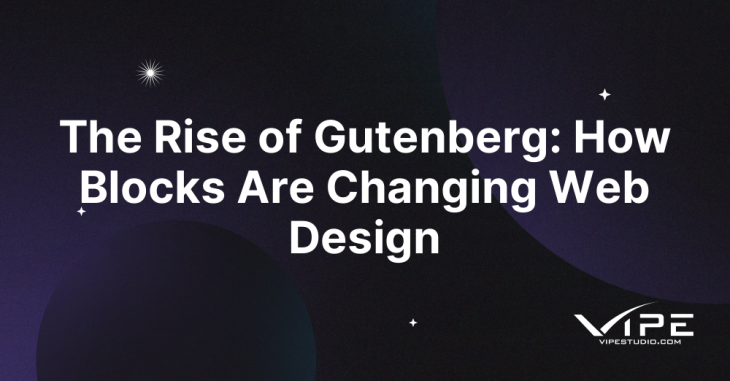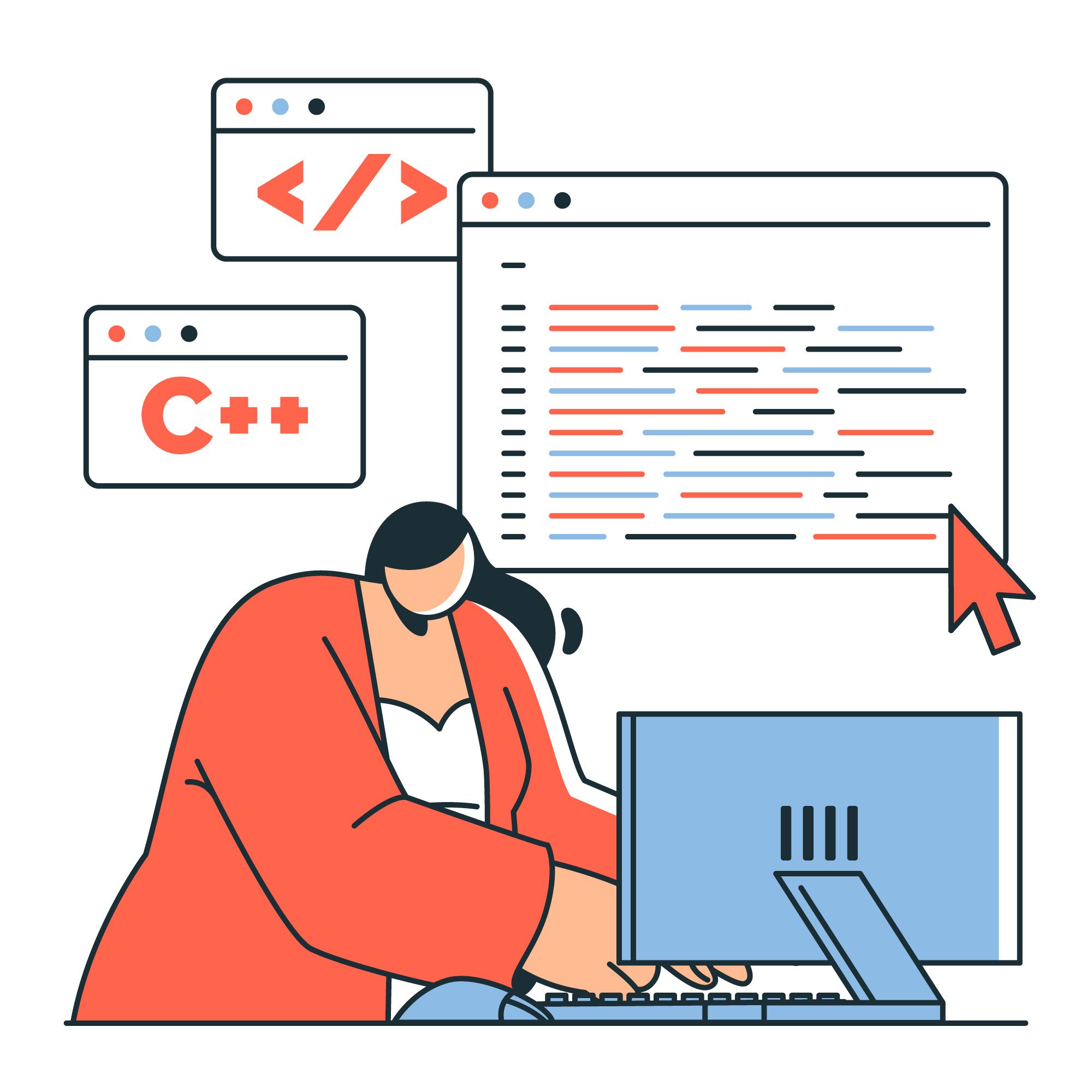The Rise of Gutenberg: How Blocks Are Changing Web Design

READING TIME: MIN
Introduction: A New Era for WordPress Design
The WordPress ecosystem has evolved dramatically since its inception, and the introduction of the Gutenberg block editor represents a paradigm shift in web design. Gutenberg moves away from the traditional WYSIWYG editor and leverages a modular block system, giving designers and developers unprecedented control over layout and content. This evolution impacts workflows, design possibilities, and user experience, and challenges long-held assumptions about WordPress as a CMS.
Understanding Gutenberg: Blocks as Building Units
At its core, Gutenberg reimagines WordPress content as modular blocks rather than linear text and media. Each block – whether a paragraph, image, button, or custom HTML – functions as an independent component that can be positioned, styled, and customized. This approach mirrors modern frontend frameworks, bringing a more visual, intuitive method for structuring content.
Developers exploring advanced implementations often work with custom blocks, using tools like registerBlockType() and React to create reusable components. For organizations seeking structured content solutions, working with a WordPress development team ensures custom blocks integrate seamlessly into editorial workflows.

Design Freedom and Consistency
One of Gutenberg’s key advantages is the balance between freedom and consistency. Editors can experiment with layouts without relying on page builders or custom themes. At the same time, developers can define global styles, reusable blocks, and templates that maintain brand integrity. This system reduces design debt and empowers content creators to produce visually compelling pages without breaking style guides.
Impact on Workflows
The shift to block-based editing changes traditional workflows:
- Content-first design: Content creators and designers collaborate in the same visual environment, reducing friction.
- Reusable components: Blocks can be saved, shared, and repurposed across multiple pages or projects.
- Template systems: Block templates allow rapid creation of consistent layouts, accelerating production.
- Developer extension: Advanced users can build custom blocks that integrate with APIs, custom post types, and dynamic data.
Custom Blocks and Advanced Development
Custom blocks enable complex design solutions and integrations. Developers can create blocks for:

- Dynamic content sourced from custom post types or external APIs.
- Interactive elements such as sliders, accordions, or quizzes.
- Marketing components like CTAs, forms, or product showcases.
Working with custom blocks often requires modern JavaScript skills, particularly React. For teams looking to scale, collaborating with a WordPress agency ensures best practices, performance optimization, and maintainability.
Performance and Optimization Considerations
While Gutenberg introduces design flexibility, it also has performance implications. Every block adds markup, scripts, and styles that can impact page speed. Developers must carefully optimize blocks, load assets conditionally, and leverage caching strategies. Techniques such as dynamic block rendering and minimal inline CSS reduce overhead while maintaining a rich editor experience.
Accessibility in the Block Era
Accessibility is a critical consideration with Gutenberg. WordPress has committed to making blocks accessible, but developers and designers must follow best practices to ensure compliance. Focus management, ARIA labels, keyboard navigation, and semantic HTML are essential for maintaining inclusivity. Proper accessibility practices not only enhance usability but also align with SEO best practices.

Integration with Modern Development Stacks
Gutenberg aligns WordPress more closely with modern development paradigms. The block editor’s React foundation enables developers to build dynamic, component-driven experiences. Additionally, headless WordPress architectures can consume blocks as structured content via REST API or GraphQL, making it possible to render pages in JavaScript frameworks while preserving editorial control in WordPress.
Challenges and Resistance
Despite its advantages, Gutenberg has faced resistance from some in the WordPress community. Legacy themes, page builders, and workflows may require adaptation. Training content teams and updating documentation are necessary to ensure smooth adoption. Developers must also consider plugin compatibility, as not all plugins fully support block-based editing out-of-the-box.
Real-World Use Cases
Organizations are leveraging Gutenberg in creative ways:

- Educational institutions create modular course pages with reusable content blocks.
- Media outlets develop visually engaging articles with embedded galleries, video, and interactive charts.
- Agencies implement marketing templates with CTA blocks, testimonials, and dynamic grids.
In advanced scenarios, Gutenberg blocks serve as the foundation for multi-channel publishing, delivering content to web, mobile, and app interfaces efficiently.
Conclusion: Gutenberg as a Catalyst for Change
The rise of Gutenberg marks a significant shift in WordPress design philosophy. By embracing block-based content, organizations gain flexibility, consistency, and the ability to innovate faster. From reusable blocks to advanced custom development, Gutenberg empowers teams to design richer, more interactive experiences while maintaining control over content and brand integrity. The editor is not merely a tool – it is a framework that redefines what WordPress can achieve in the modern digital landscape.
Key Takeaways
- Gutenberg replaces linear editing with a modular block system for greater design flexibility.
- Custom blocks extend functionality and enable dynamic, reusable content components.
- Performance and accessibility must be carefully considered in block-based workflows.
- Gutenberg supports modern development paradigms, including React and headless WordPress.
- Real-world use cases show modular content improves efficiency, consistency, and engagement.
- Training and adaptation are essential for teams transitioning from classic editors.

More on The Topic
- Headless WordPress: Decoupling Content for Maximum Flexibility
- Why Brands Choose WordPress: The ROI Behind Open Source Power
- Multisite Madness: When One Install Rules an Entire Empire
- How WordPress Shapes Digital Democracies One Site at a Time
- The One-Page Website Comeback: Minimalism as a Business Strategy

